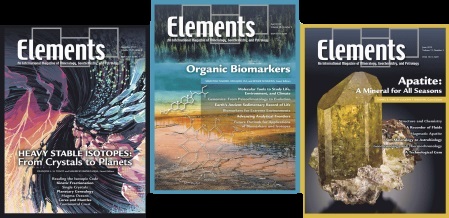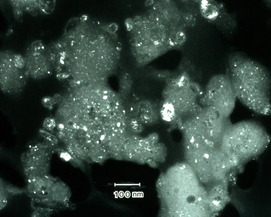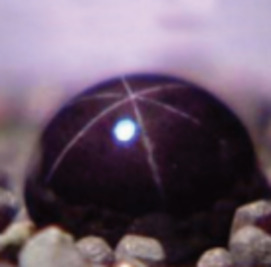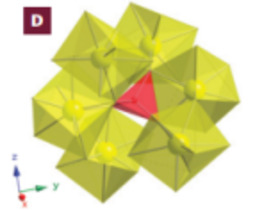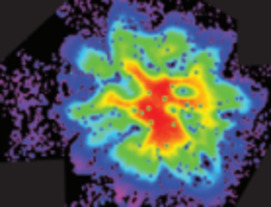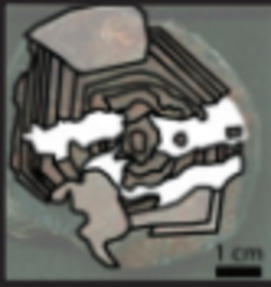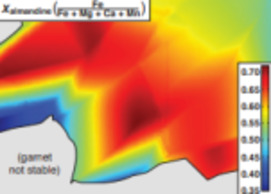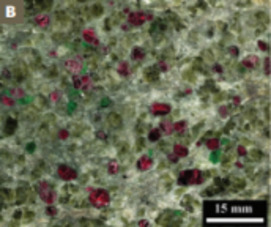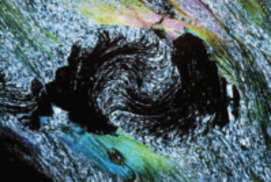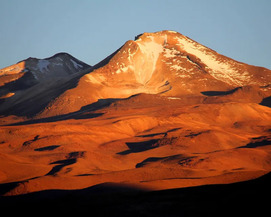Cosmic Dust: Building Blocks of Planets Falling from the Sky
Throughout its history, Earth has accreted microscopic dust falling from space. Decelerating from cosmic speeds at the top of the atmosphere, the smallest particles can take weeks to reach the ground, failing a rate of 1 m−2 day−1. Although usually hidden among terrestrial materials, extraterrestrial particles can be collected from select environments and positively identified by their unique properties. Unmelted cosmic dust is often composed of large numbers of smaller silicate, sulfide, and organic components—the preserved materials from the early Solar System. Cosmic dust particles are samples of comets and asteroids and they are important samples of the initial materials that were to build the solid planets.
Cosmic Dust: Building Blocks of Planets Falling from the Sky Read More »

